You may have heard the buzz about CBD's ability to help aging dogs regain their mobility within just a week or two, or its power to calm a restless pet during thunderstorms.
In fact, one survey of pet owners suggested that nearly 75% noticed noticeable improvements in their dog's behavior within the first two weeks of using CBD for their dogs. With so many claims circulating, it's only natural for pet owners to wonder if these benefits are too good to be true. In this guide, we'll dive into what the research says, explore expert insights, and help you determine if CBD is the right choice for your furry friend.
Doing your research on CBD for dogs is important, and this guide intends to help you get a solid understanding of these products before making the appropriate purchase for your pet. So, let's take a look at cannabidiol products for pets, their use, and which options are most likely to benefit your dog.
- Understanding CBD and Its Benefits for Dogs
- How Does CBD Work in Dogs?
- How Much CBD to Give Your Dog
- The Safety Profile of CBD for Dogs
- Conclusion
- Frequently Asked Questions about CBD for Dogs
- 1. What is CBD and how is it different from THC?
- 2. How does CBD work in dogs?
- 3. What are the main benefits of CBD for dogs?
- 4. How long does it take for CBD to work in dogs?
- 5. Is CBD safe for dogs?
- 6. Can CBD make my dog high?
- 7. How much CBD should I give my dog?
- 8. What happens if my dog takes too much CBD?
- 9. Can CBD help my dog with anxiety or mobility issues?
- 10. Should I talk to my vet before giving CBD to my dog?
Understanding CBD and Its Benefits for Dogs
CBD is short for cannabidiol, an organic compound found in the hemp plant. It interacts with your dog's endocannabinoid system (ECS) to promote a variety of health benefits, whereas THC is the compound that produces psychoactive "high" effects. Hemp contains less than 0.3% THC content and is not psychoactive to dogs.
Studies have shown CBD to be safe for extended daily use in most dogs. It's always smart to discuss new supplements with your veterinarian, especially if they have health issues or are taking medications. CBD, like most medications, is processed by your dog's liver. This means that the processing of CBD could interfere with your dog's ability to metabolize other drugs they are taking.
CBD's Primary Benefits for Dogs
- Calming: CBD binds to receptors in your dog's endocannabinoid system, promoting balanced neural activity and a more regulated emotional response.
- Mobility: Because the endocannabinoid system plays a role in managing pain and inflammation, many pet owners report improved mobility with regular CBD use.
- Topical Relief: When applied as a balm or salve, CBD can soothe irritated skin and reduce itching or discomfort on paws, noses, or joints.
- Immune Support: CBD’s interaction with regulatory pathways may strengthen your dog's natural defenses and improve vitality.
How Does CBD Work in Dogs?
CBD connects with receptors in your dog’s endocannabinoid system to support mood, pain regulation, and overall balance. Effects can appear within 30 to 60 minutes and often strengthen with consistent daily use.
Choosing the right dose is key. Many owners give CBD in the morning for all-day calm or at night for relaxation. Always follow product guidelines and your vet’s advice based on your dog’s size, age, and health.
How Much CBD to Give Your Dog
A general rule of thumb is to give 1mg of CBD per 10 pounds of body weight. This is within CBD’s established safety range for dogs.
The Safety Profile of CBD for Dogs
CBD is generally well-tolerated by dogs. Overdosing is rare, but excessive amounts may cause mild drowsiness or digestive upset. If these occur, lower the dose and consult your vet.
Conclusion
CBD is generally considered safe for dogs and may support emotional health, mobility, skin comfort, and immunity. Be sure to follow dosage instructions and consult your veterinarian before use.
Frequently Asked Questions about CBD for Dogs
1. What is CBD and how is it different from THC?
CBD (cannabidiol) is a non-psychoactive compound found in hemp that supports balance and wellness in dogs. THC causes psychoactive effects, but hemp-derived CBD contains less than 0.3% THC, so it won’t make your dog high.
2. How does CBD work in dogs?
CBD interacts with the dog’s endocannabinoid system, which helps regulate mood, inflammation, and pain. This interaction promotes balance and supports calm, mobility, and immune function.
3. What are the main benefits of CBD for dogs?
The key benefits include calming support, improved mobility, topical skin relief, and immune system balance. Many owners also note better energy and comfort with consistent use.
4. How long does it take for CBD to work in dogs?
Most dogs begin to show effects within 30 to 60 minutes after taking CBD, though the greatest benefits often appear after several days or weeks of daily use.
5. Is CBD safe for dogs?
Yes. Research and owner experience show CBD is well-tolerated in dogs. Always monitor your pet and discuss use with your vet, especially if your dog takes other medications.
6. Can CBD make my dog high?
No. CBD products derived from hemp contain less than 0.3% THC, which is not enough to produce psychoactive effects in dogs.
7. How much CBD should I give my dog?
A common starting guideline is 1mg of CBD per 10 pounds of body weight. Adjust based on your vet’s advice and your dog’s response.
8. What happens if my dog takes too much CBD?
Overdosing is rare, but excessive amounts may cause mild drowsiness or digestive upset. If that happens, reduce the dosage and consult your veterinarian.
9. Can CBD help my dog with anxiety or mobility issues?
Yes. Many studies and owner reports show CBD supports calmer behavior and helps manage inflammation related to mobility and joint discomfort.
10. Should I talk to my vet before giving CBD to my dog?
Absolutely. Your veterinarian can help ensure CBD won’t interact with other medications and can recommend the best dosage for your dog’s health needs.

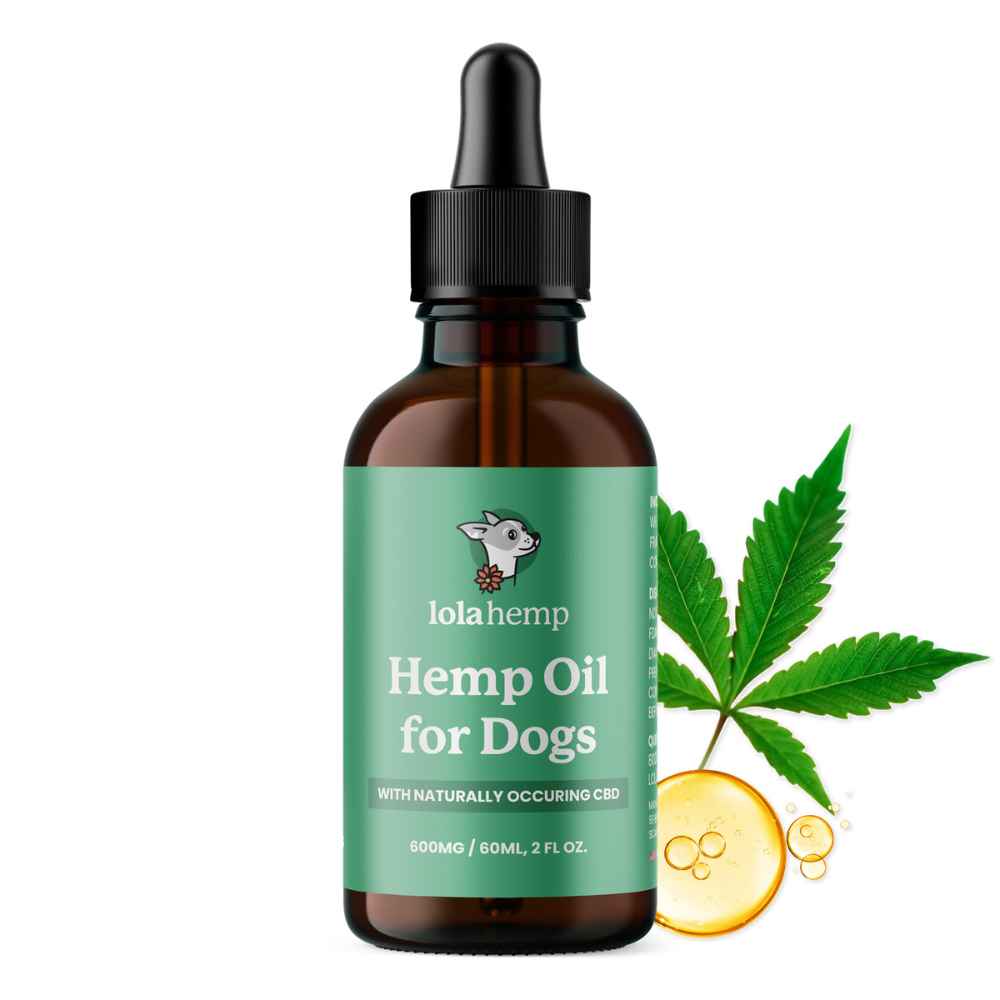
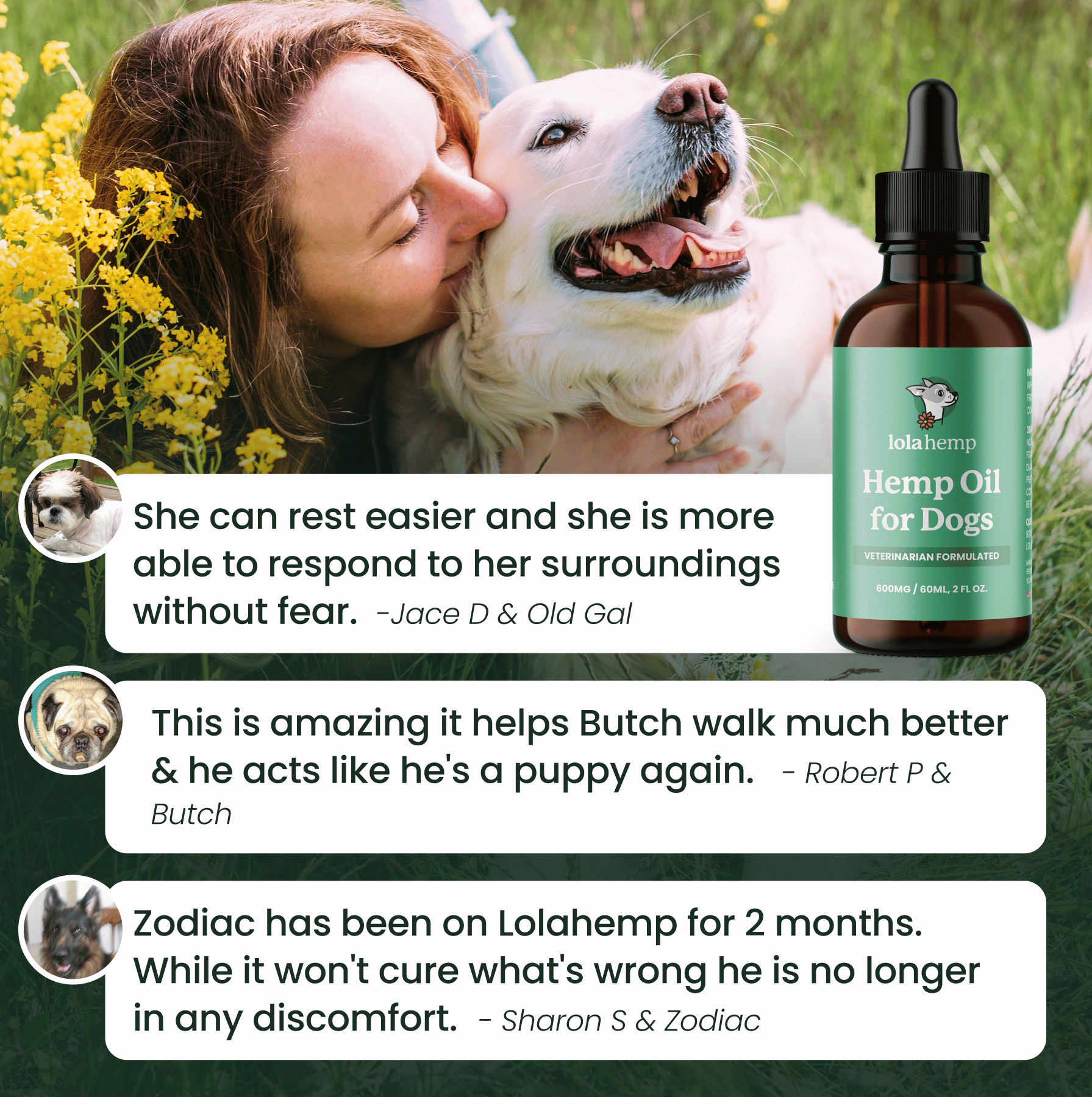
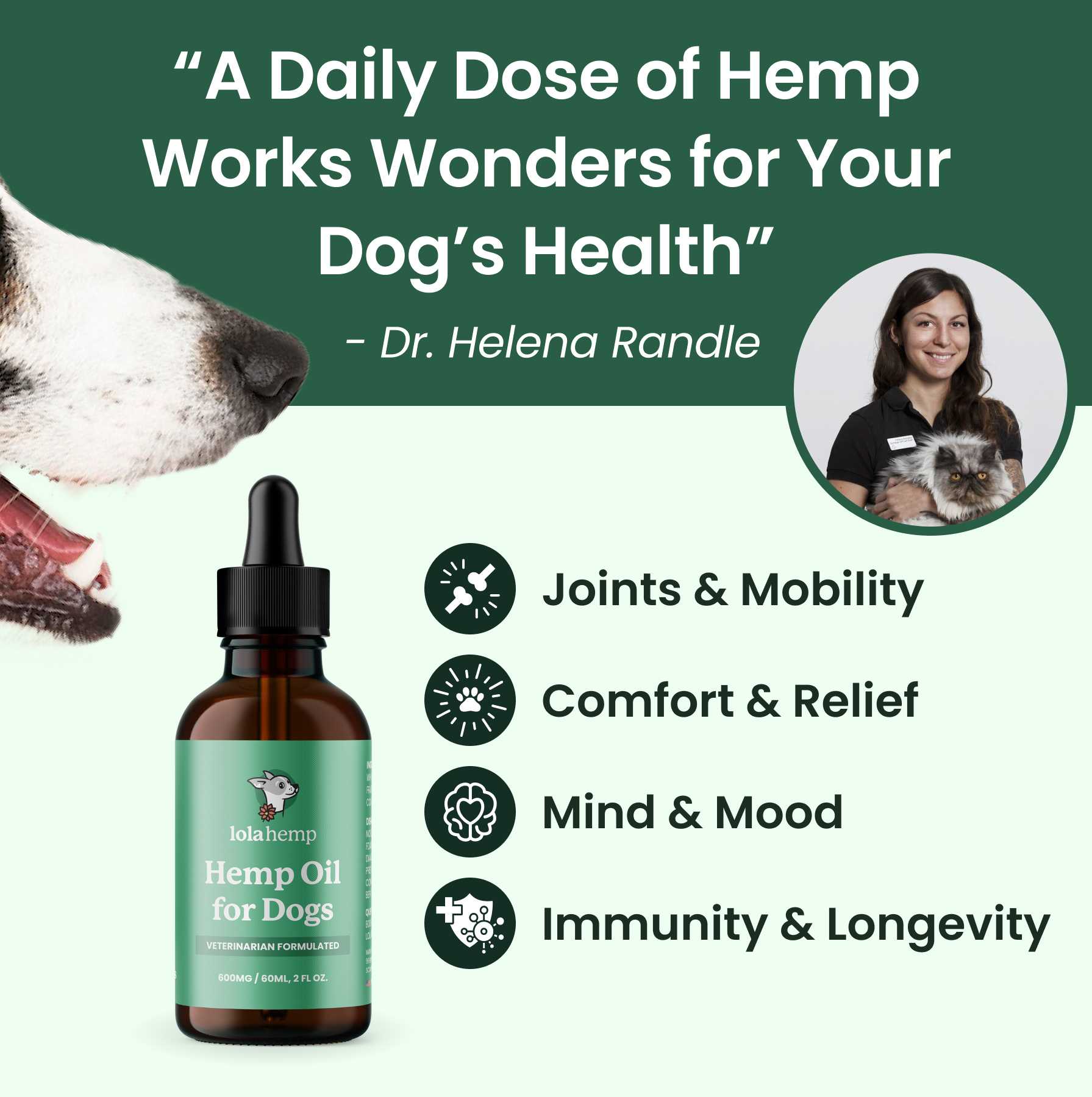
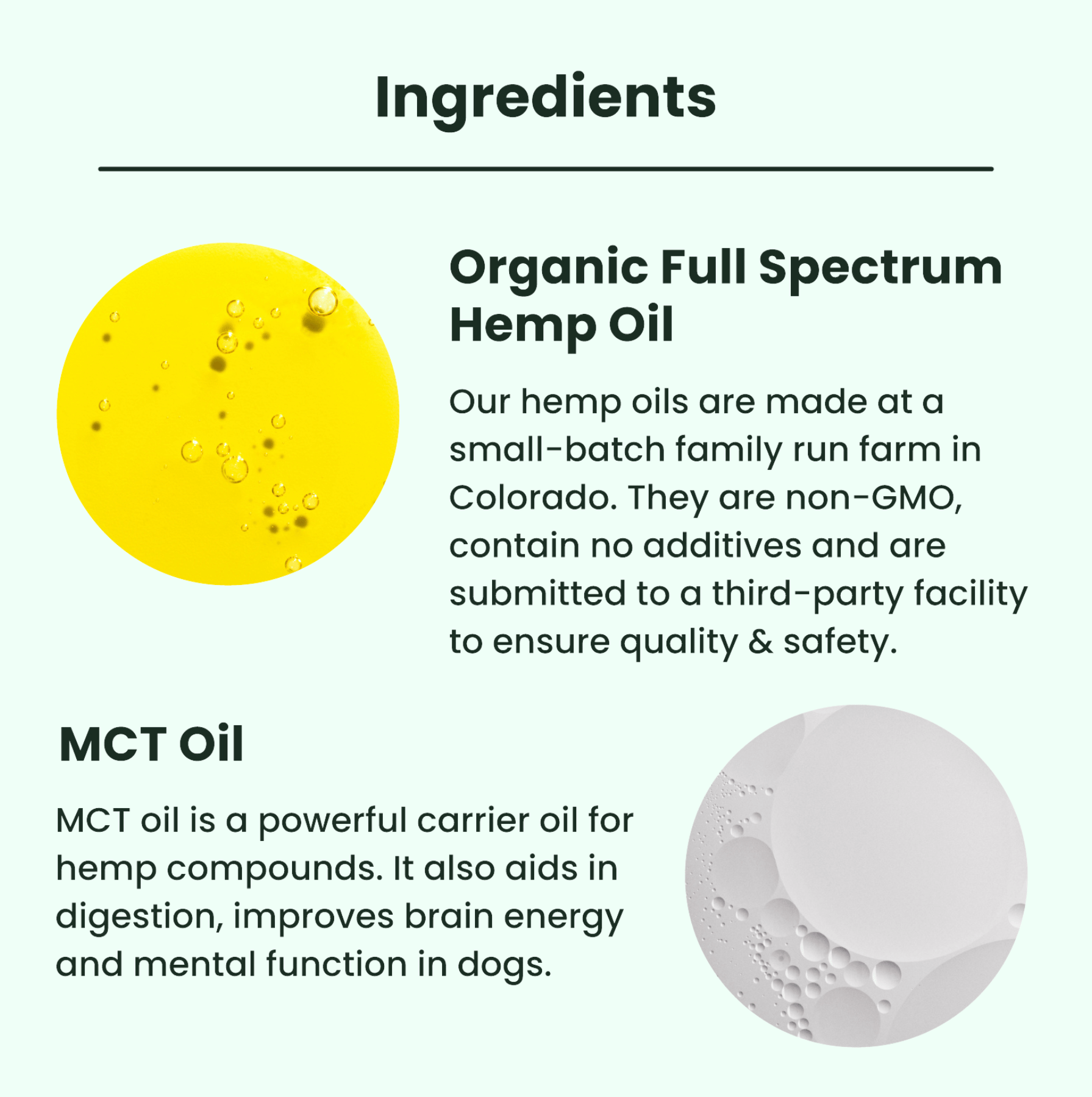
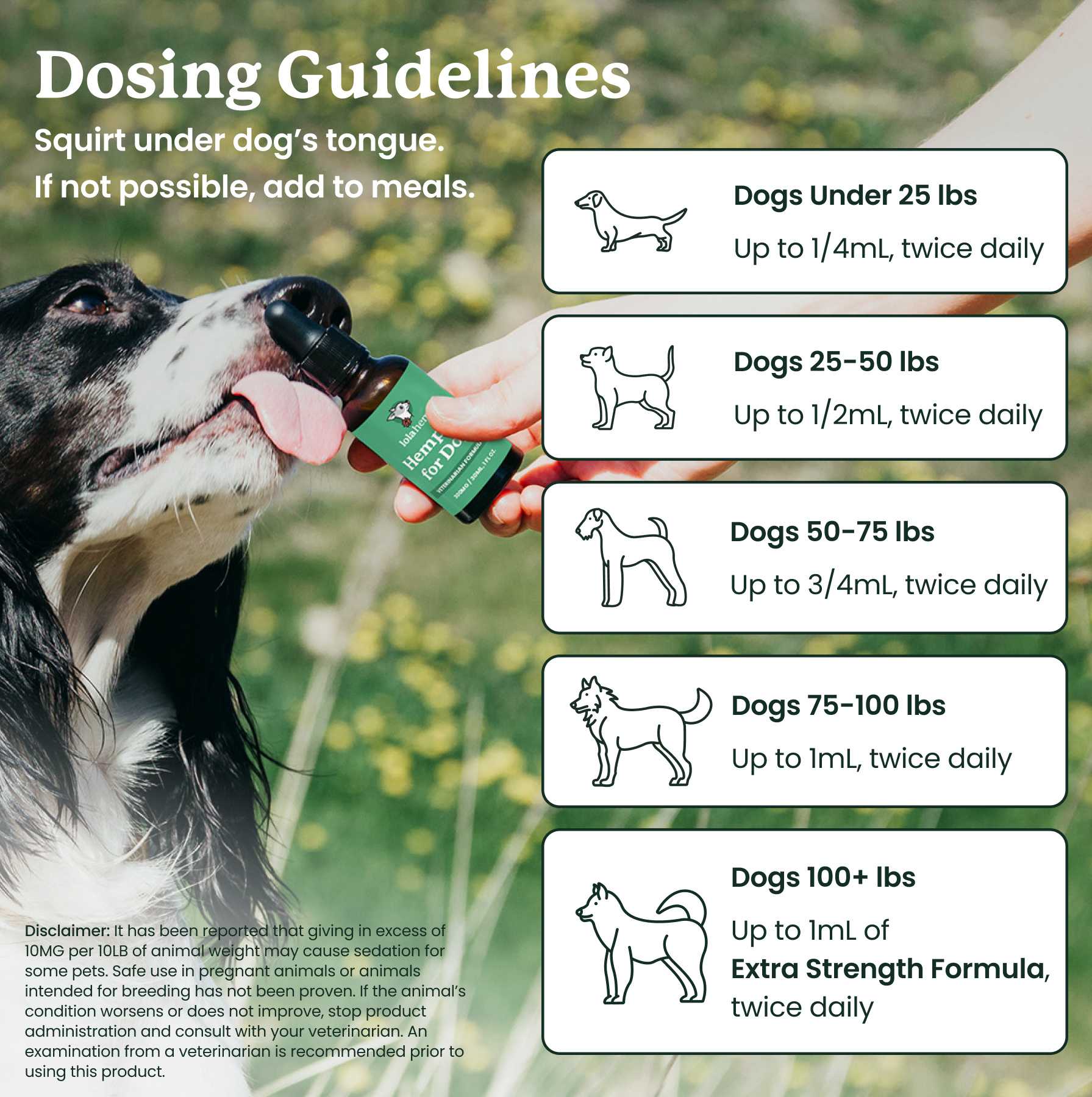
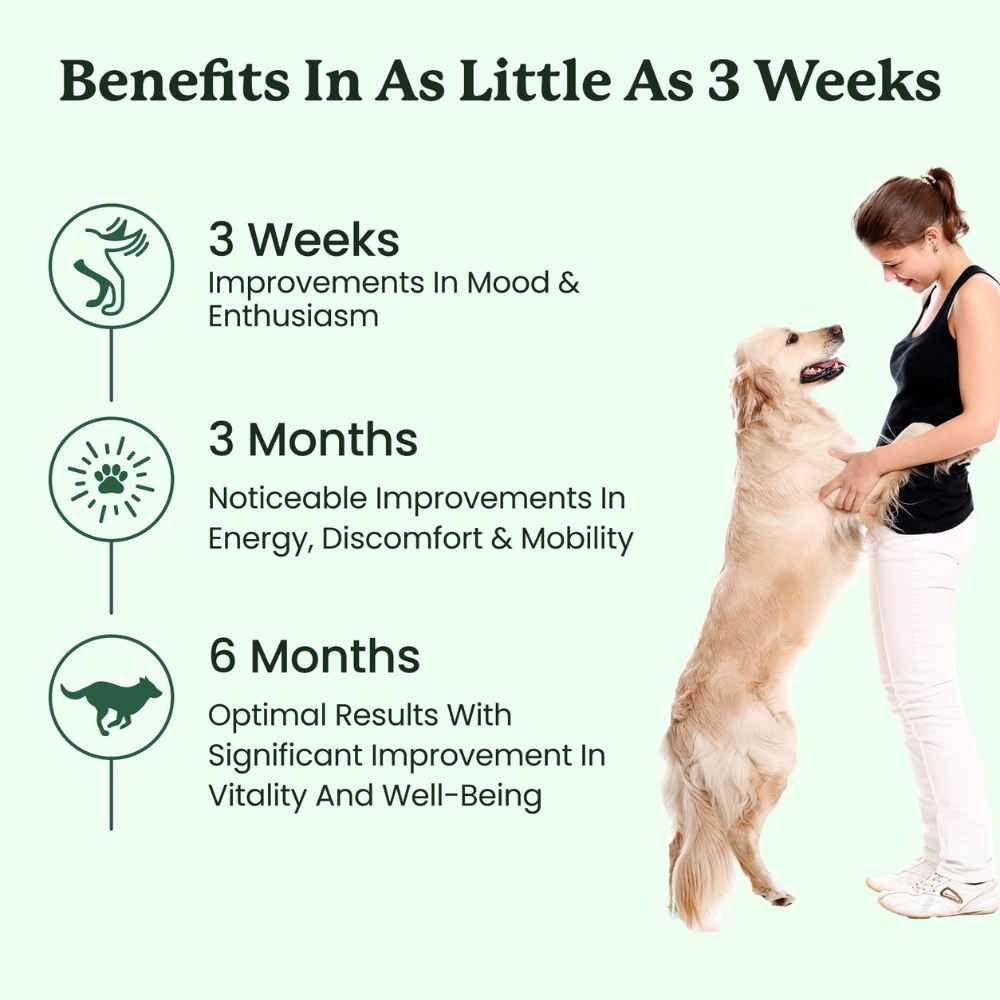




Comment
To the lolahemp.com owner, Your posts are always well-written and easy to understand.